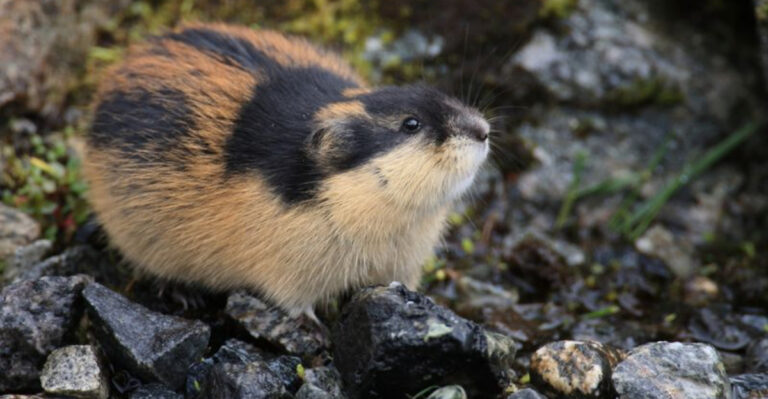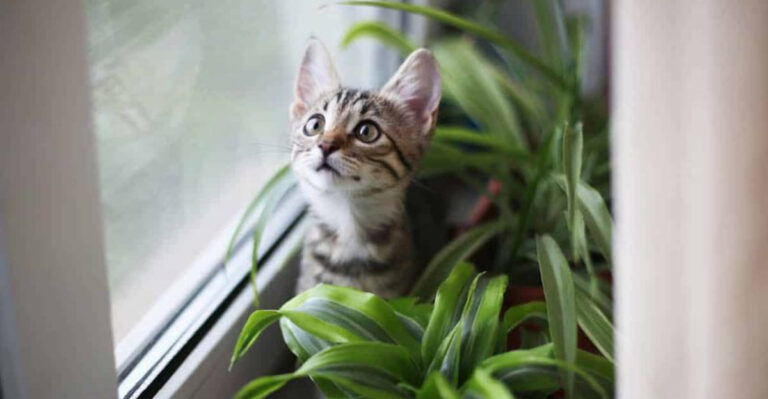The Unique World Of Lynx Cats: Evolution, Features, And Conservation
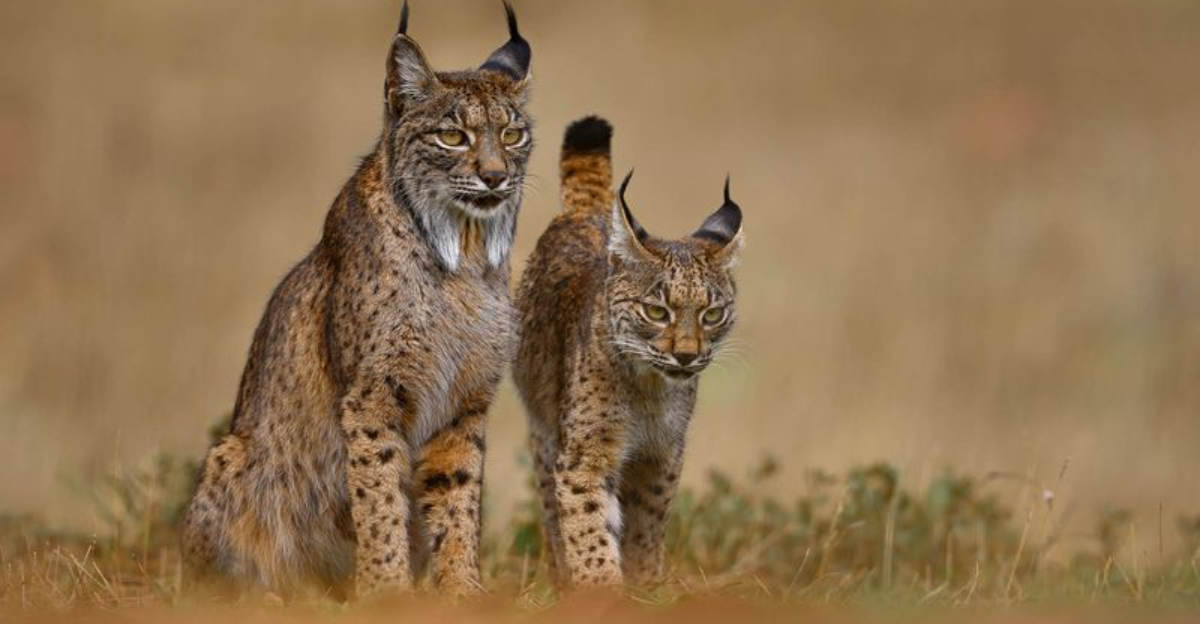
Ever wondered about those mysterious cats with tufted ears and stubby tails that roam snowy forests? Lynx cats are among the most fascinating wild felines on our planet.
These medium-sized predators have adapted to some of Earth’s harshest environments and developed unique features that set them apart from their feline cousins.
1. Masters Of Winter Survival
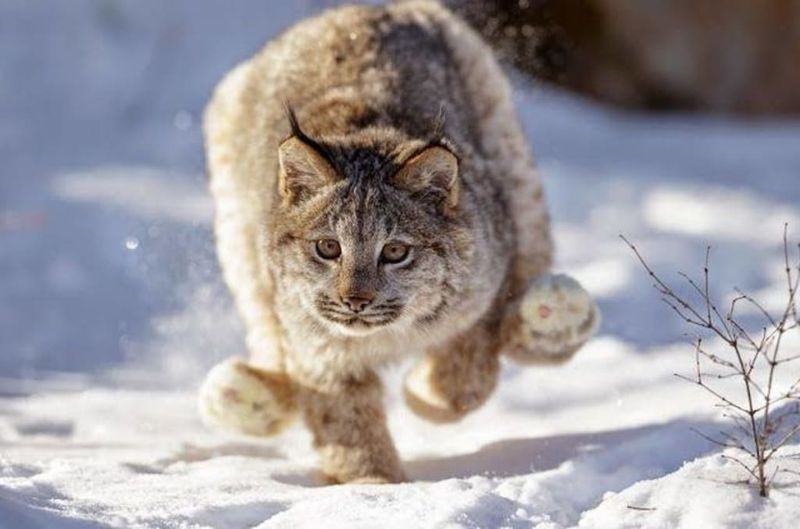
Imagine wearing natural snowshoes! Lynx paws expand like built-in snowshoes, spreading their weight across snow so they don’t sink while hunting.
This remarkable adaptation gives them a huge advantage over competitors in snowy habitats. Their oversized paws also muffle sound, making them silent stalkers in winter wonderlands.
2. Ear Tufts That Serve A Purpose
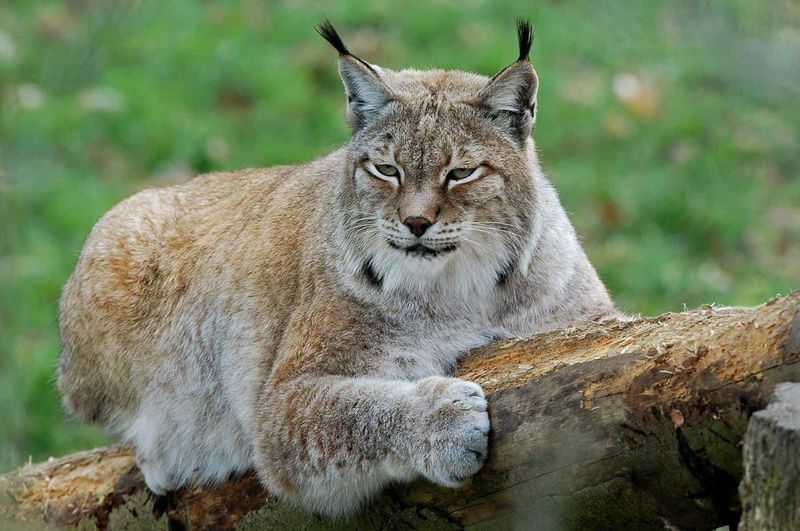
Those iconic black tufts aren’t just for show! The distinctive ear tufts work like nature’s hearing aids, funneling sound directly into their ear canals.
Scientists believe these tufts also help lynx communicate with each other through subtle movements. When hunting in dense forests, enhanced hearing gives them a crucial edge in detecting prey.
3. Four Distinct Species Worldwide

Four cousins rule different continents! The lynx family includes the Eurasian lynx (the largest), Canada lynx, Iberian lynx (most endangered), and bobcat (smallest but most adaptable).
Each evolved unique traits to match their habitats. The Iberian lynx specializes in hunting rabbits, while the Canada lynx has co-evolved with snowshoe hares.
4. Ancient Origins Dating Back Millions
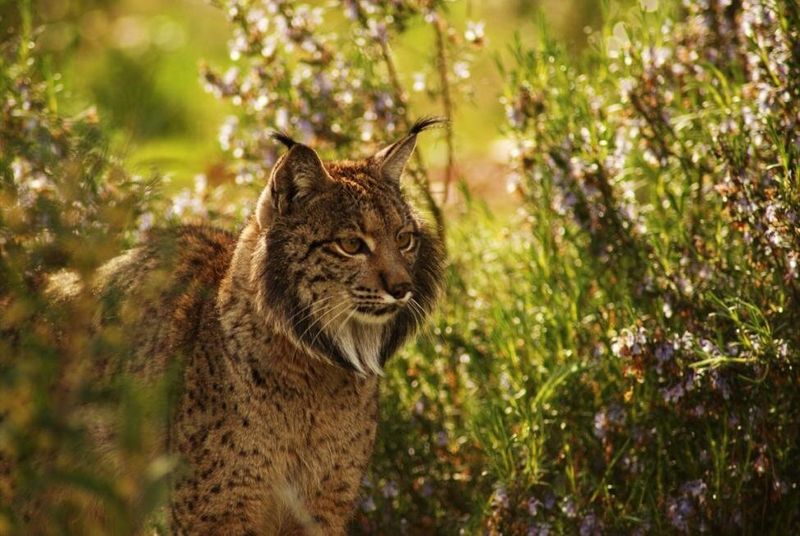
Walking in dinosaur footsteps! Lynx ancestors first appeared approximately 4 million years ago during the Pliocene epoch.
Fossil records show they evolved from larger prehistoric cats, gradually developing their distinctive features. Ancient lynx were actually larger than today’s versions, shrinking over time to better hunt in forests rather than open plains.
5. Specialized Rabbit Hunters
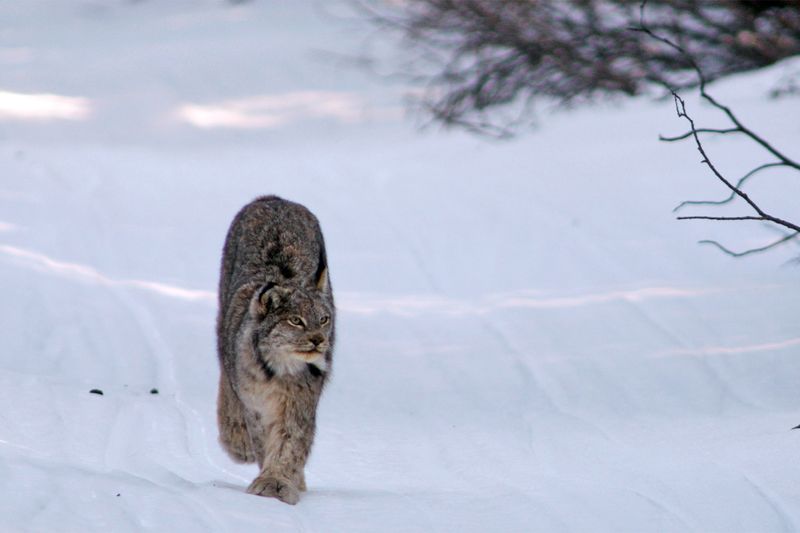
Bunny specialists with amazing focus! Some lynx species have evolved in perfect sync with rabbit populations – particularly the Canada lynx, whose numbers rise and fall with snowshoe hare abundance.
Their hunting strategy involves patience, using keen hearing to detect prey under snow. A lynx can wait motionless for hours before pouncing with incredible precision.
6. Secret Communication System
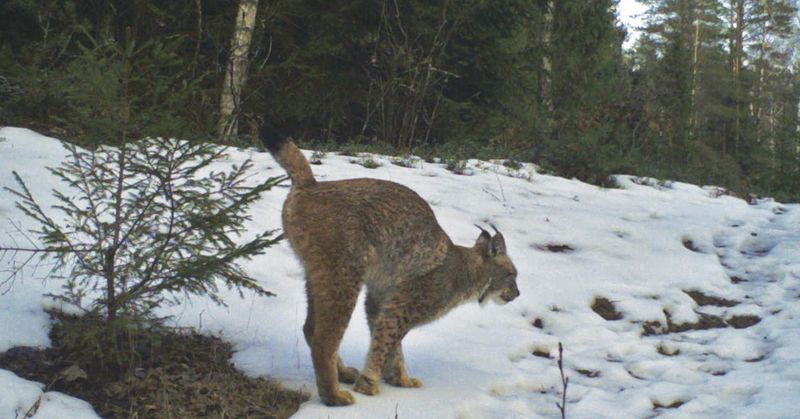
Scent messengers of the forest! Lynx create invisible newsletters by marking territories with urine and secretions from special glands.
These scent markers contain detailed information about the cat’s gender, reproductive status, and when they last passed through. During mating season, males track females by following these aromatic breadcrumbs through miles of wilderness.
7. Bobbed Tails With Hidden Meaning

Short tails aren’t just cute – they’re practical! The lynx’s stubby tail (about 5-10 inches) prevents frostbite in frigid environments where longer tails would be vulnerable.
These bobbed tails also help with balance during powerful leaps. The black tip acts as a visual signal to kittens, who follow mom through thick underbrush by watching her tail.
8. Record-Breaking Leapers
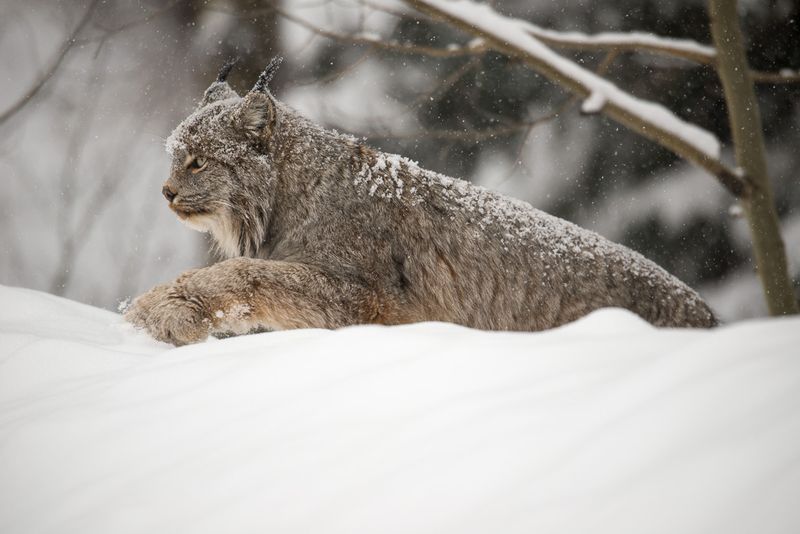
Olympic-level jumpers hiding in the forest! Lynx can leap over 20 feet horizontally and up to 10 feet vertically in a single bound.
This extraordinary ability comes from powerful hind legs evolved specifically for ambush hunting. When stalking prey, they compress their bodies like springs before releasing explosive energy in precisely timed pounces.
9. Critically Endangered Iberian Cousin
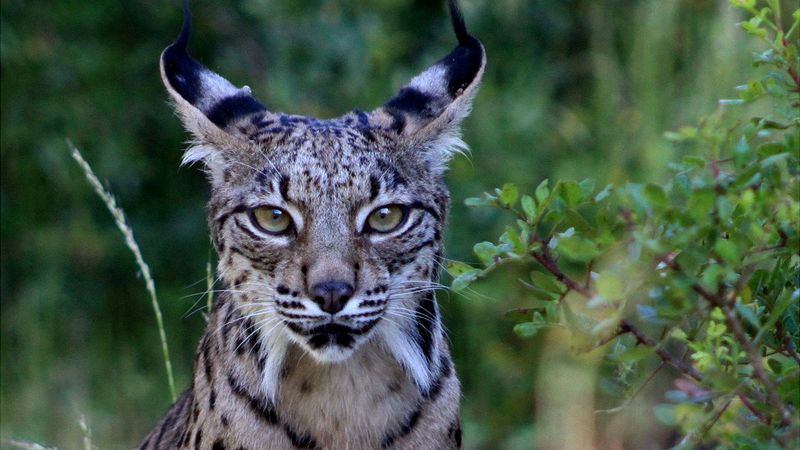
Back from the brink! The Iberian lynx once numbered fewer than 100 individuals, making it the world’s most endangered cat species.
Intensive conservation efforts in Spain and Portugal have increased their population to over 1,000 today. Their recovery represents one of conservation’s greatest success stories, though they remain vulnerable to habitat loss and road accidents.
10. Unusual Breeding Habits

Romance in the snow! Lynx breeding season occurs just once annually during late winter, when females become receptive for only 3-5 days.
Males travel extensively seeking mates, sometimes covering 20+ miles daily. After mating, males return to solitary lives while females raise kittens alone. Cubs stay with mom for nearly a year learning survival skills.
11. Built-In Winter Wardrobe
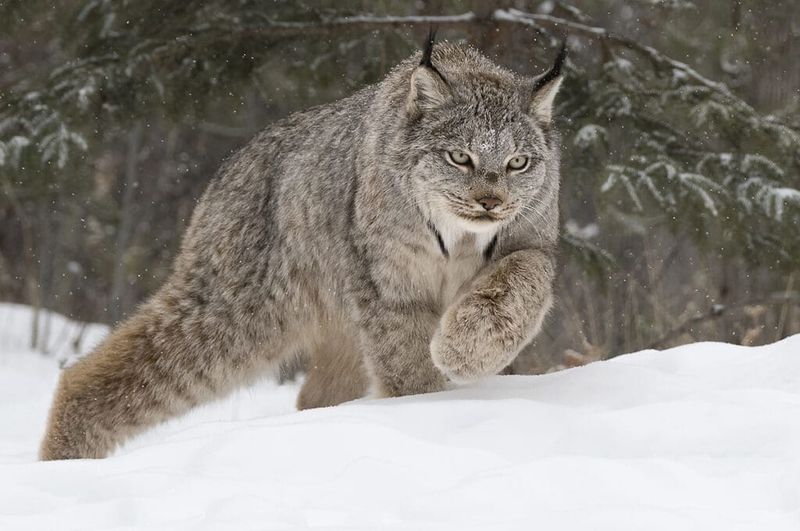
Nature’s perfect winter coat! Lynx grow two completely different fur coats each year – summer fur is thin and reddish-brown, while winter fur grows twice as thick and turns silvery-gray.
Their winter coat contains nearly 9,000 hairs per square centimeter! Special hollow guard hairs trap air for insulation, allowing them to comfortably nap in snowbanks at temperatures below -30°F.
12. Whiskers That Work Like Radar
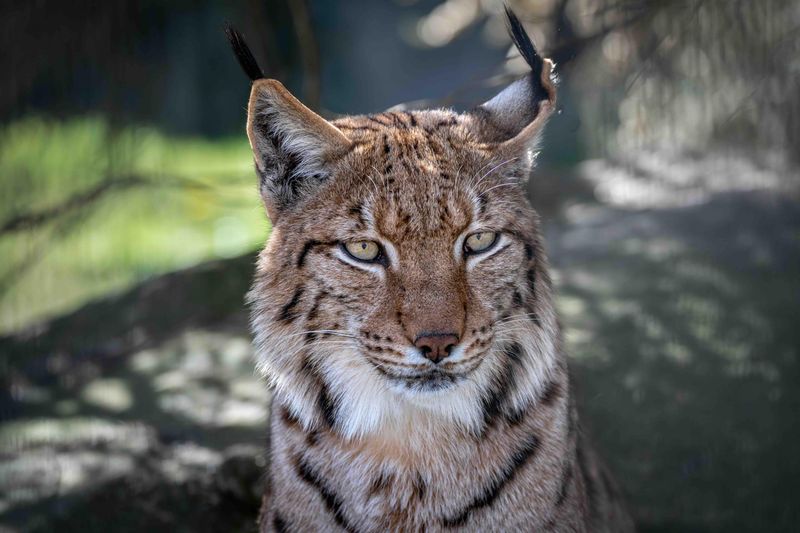
Facial antennas guide midnight hunts! Lynx whiskers (vibrissae) are extraordinarily sensitive, detecting air movements from prey even in complete darkness.
These specialized hairs connect to nerve-rich follicles that send detailed sensory information to the brain. When hunting at night, lynx rely on these whiskers to judge precisely how far to jump and where to bite.
13. Climate Change Challenges

Warming worlds threaten snow specialists! As northern forests experience shorter winters and less snowfall, lynx face shrinking habitats and disrupted prey cycles.
The specialized adaptations that once gave them advantages – like snowshoe paws – become less useful in snowless environments. Conservation efforts now focus on protecting migration corridors so lynx can shift territories as climates change.
14. Vision Six Times Better Than Humans
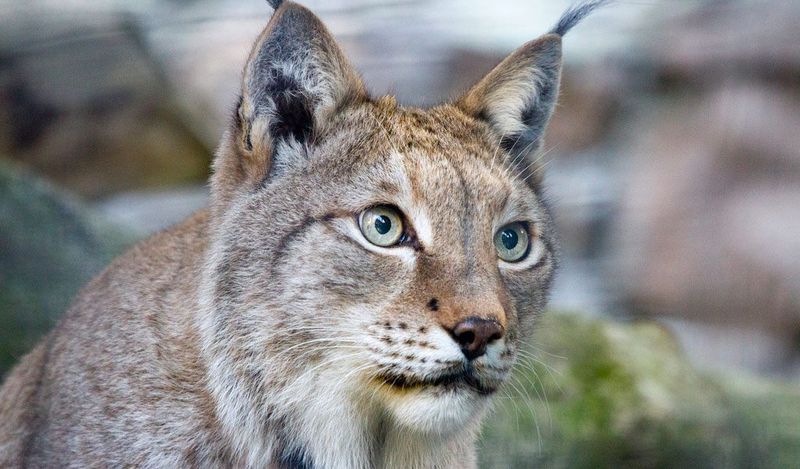
Night vision goggles have nothing on lynx eyes! These cats can spot a mouse moving 250 feet away in near darkness.
Their eyes contain a reflective layer called the tapetum lucidum that bounces light back through retinal cells for a second chance at detection. This adaptation gives them vision approximately six times more sensitive than human eyesight in low light.


